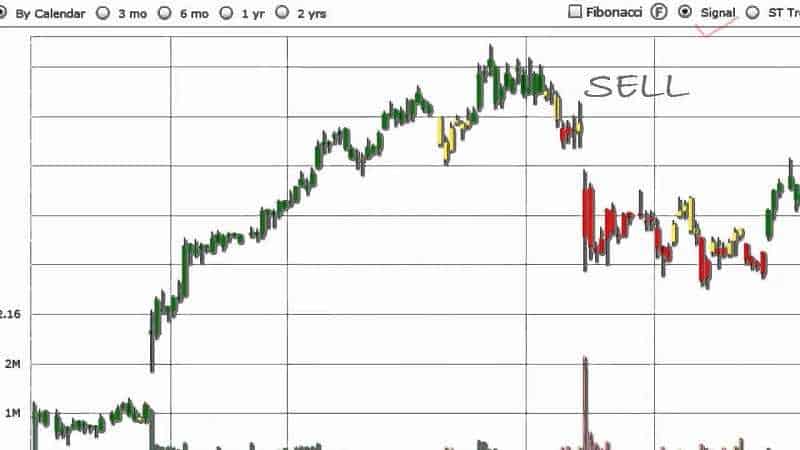
Trading signals are based on a variety of strategies and each aim to achieve something different – be it buying cryptocurrency hoping to sell it for even more later or trying to sell on price action reversals. Advanced traders also use trading signals to assist in asset class allocation. This is done by using trading signals to sell a maturity and then buy a different one. Trading signals are commonly used by bond traders who can use those signals to adjust the duration of their portfolios. They can also be used to modify an existing portfolio by using signals to determine if it is a good idea to buy from one sector and then sell from another. Trading signals are not just used to simply buy and sell an asset. Sign Up Now! Other uses of trading signals Trading signals can be incredibly complex, but it is best to go for as little inputs as possible, such as using a signal generator. Successful trading decisions are devoid of any emotion and observing trading signals is a means of allowing traders to mechanically make trading decisions. However, fundamental analysis can also be helpful in determining a trading signal, as well as measurements of market sentiment too. Most commonly, technical analysis is the biggest source of trading signal generation – technical data and the reading of candlestick charts can reveal potential triggers. Trading signals can be developed from a great variety of sources such as basic earnings reports or even other trading signals.

These triggers are referred to as trading signals, and you can have the for different trading instruments, like dedicated Forex trading signals. As traders, we must look for these action triggers to determine the best time to buy or sell. An action is to either buy or sell, based on either fundamental and/or technical analysis. Whenever an individual is trading any type of asset – anything from stocks to cryptocurrencies – we must look for anything that can trigger an action.

#Stock signals how to#


 0 kommentar(er)
0 kommentar(er)
